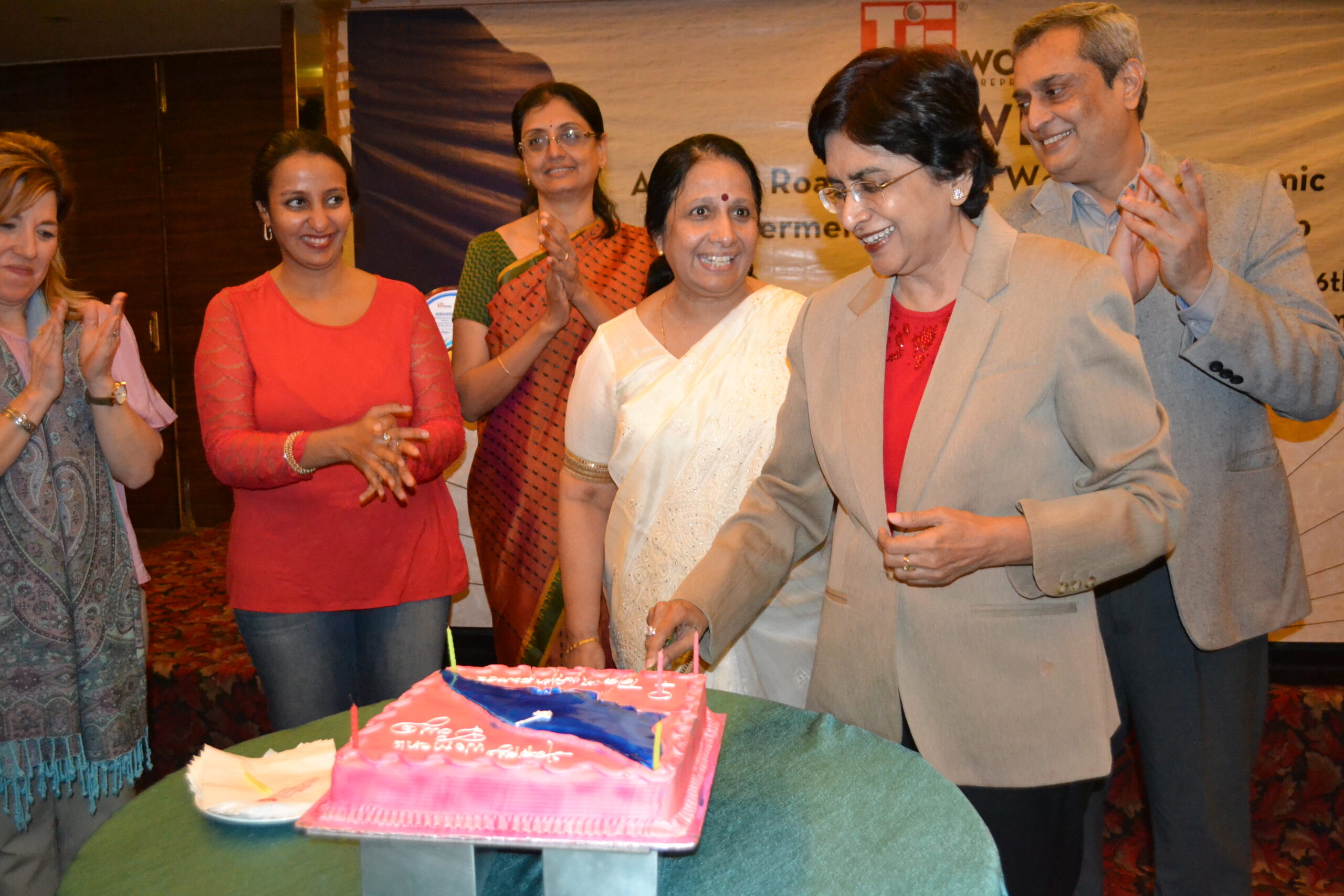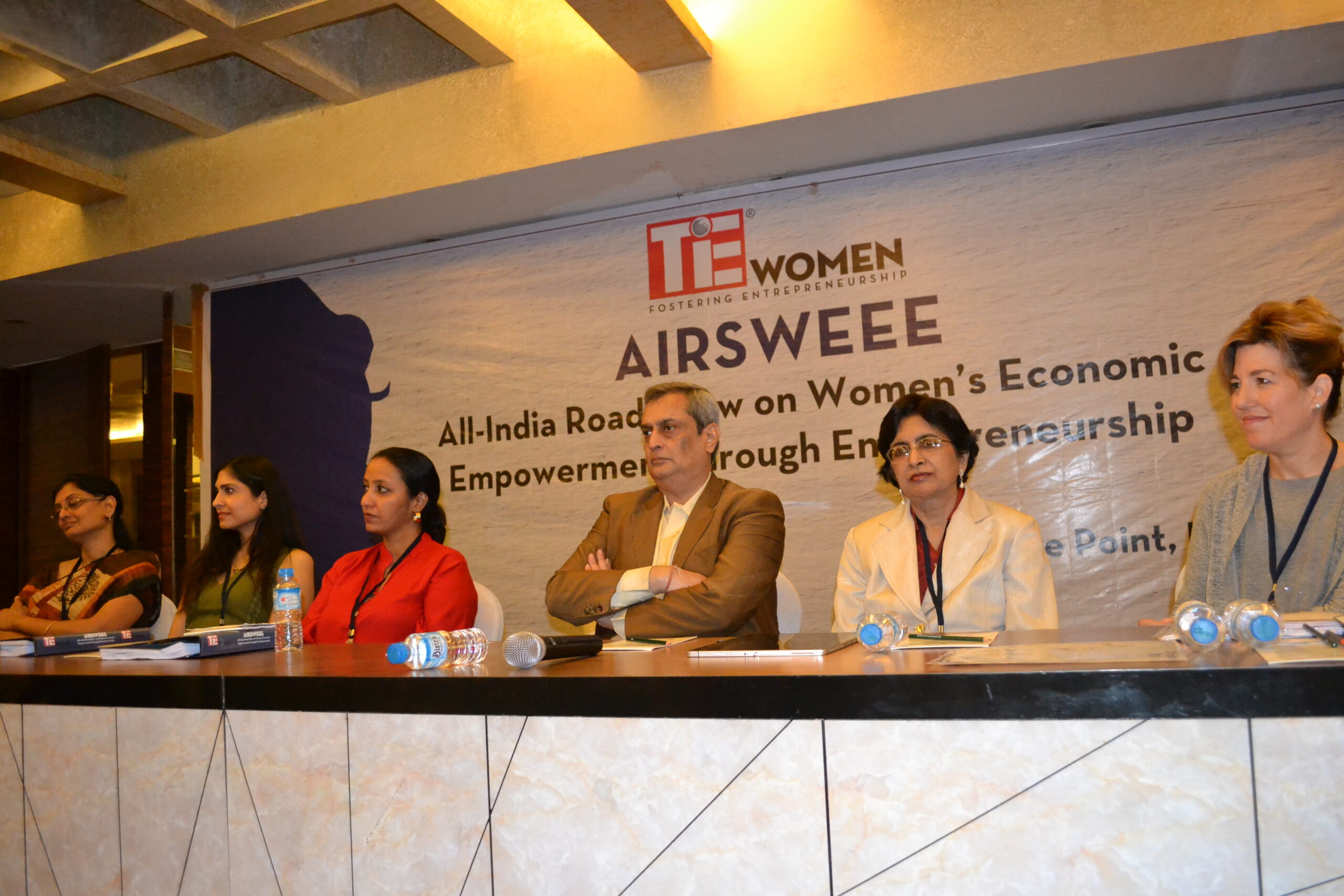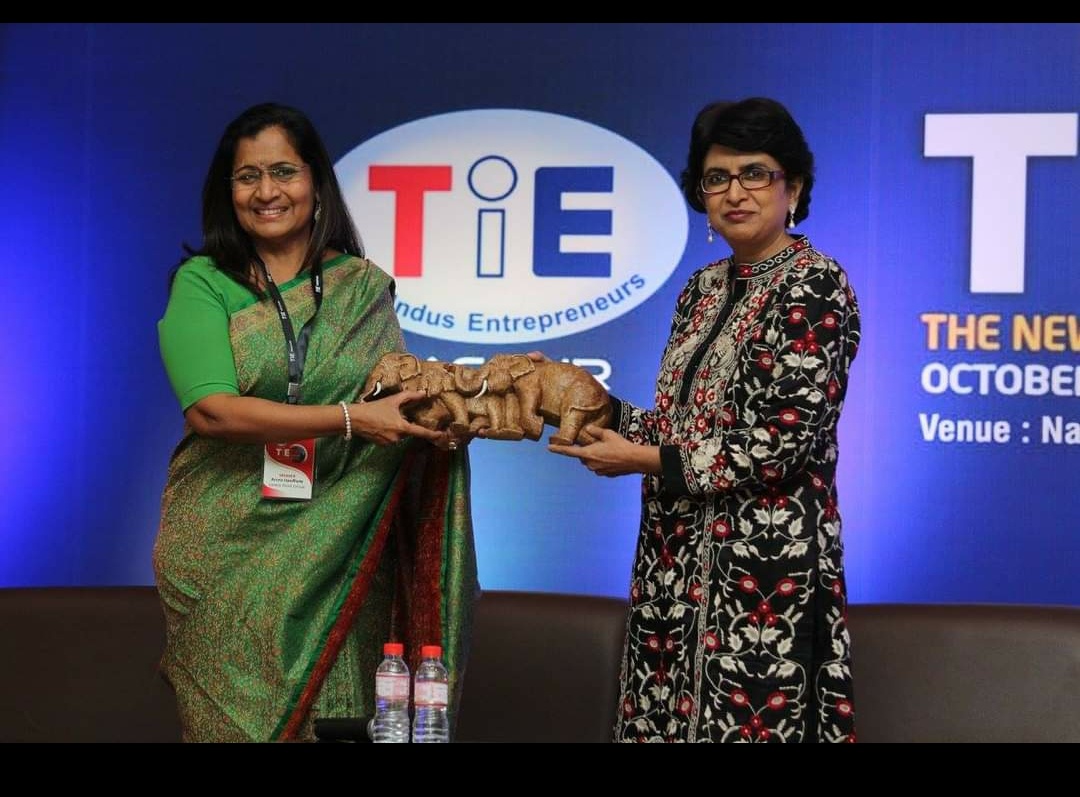Innovating at work – 27 Oct 2009
Some organizations may systematically encourage innovations at work and create a culture of creativity on the job. They may encourage employees to innovate and look for different solutions to day to day tasks and problems. But a lot depends upon the individual employee and his own capacities to create and innovate. It depends on his attitudes and his values towards work. We observe that some people very effectively use the work place as an opportunity to learn and grow. They would be willing to find newer ways to perform their daily tasks and to think of newer ways to solve their day to day problems. Comparatively we see many other persons only grumbling about this and that deficiency in the work situation and punching bigger holes into the already existing structure. The problems of innovation could be external to the individual as well as internal to the individual.
For every beginner the new job as well as the work situation poses a number of challenges as the nature of complexities of the job unfold themselves. The person has to grapple with the challenges by thinking innovatively about ways to handle the problems and find solutions to them. Gradually the job becomes simpler as he/ she begins to master the skill and learn the art of doing things. Still further down as years’ pass on, the work becomes a routine and monotonous task thus becoming boring and uninspiring. It seems somehow that there are no challenges to be met anymore and nothing excites. This is a condition faced by practically all people at all times. Boredom is an unholy emotion that can rob the mind of its enthusiasm thus dulling it miserably.
The art of innovating can be useful at all the stages mentioned above. A person with the ability to think outside the box would look for creative solutions at all times and find his way through thick and thin. He would face the challenges with a positive mind to enrich himself with the first hand experiences. He would make his own decisions and try to solve his own problems. He would have the capacity to bear pressures and take on stress and thrive on it. He would keep trying to learn by brainstorming on the solutions. His attitude towards work would be of treating it as an opportunity to his own personal growth and development. Whatever may be the limitations of the organization such a person would create newer opportunities and excitement for him-self.
But somehow this possibility of excitement is generally missed by many workers. They may be stuck in materialistic thinking and gains. They may ask ‘why should I use my head more than it is necessary? What is the gain? I am going to get the same salary.’ That seems to be the end of their thinking. They never think beyond that as if salary is the sole aim of employment. And since the salary levels never seem to satisfy anybody anywhere they may lose their sense of enthusiasm and happiness. They may forget that earning excitement and joy out of excellent work are the unstated goals of creative work. Yet most people miss the point and thereby deprive themselves of the process of creative excitement and joy.
And yes, this becomes an irony. For, if earning more wages is the aim, they forget that their good work is the only investment they possibly can make to create situations which attract the employer’s attention towards them and ultimately make them suitable candidates for higher wages!
Published in Hitavada Future on October 27 2009









